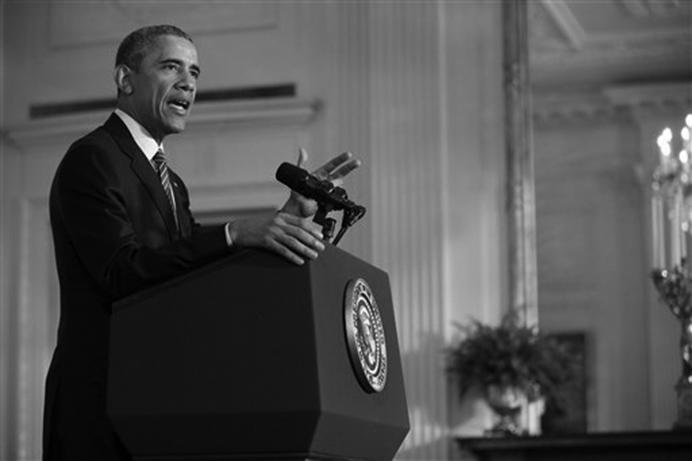President Obama has set in motion an ambitious plan through the Environmental Protection Agency to reduce greenhouse gases and combat climate change Monday with his clean power plan. The plan aims to “cut carbon emissions from the power sector by 32 percent by 2030” and is a significant step towards moving to a more energy sustainable future for the country.
Obama’s plan not only stresses the need for less reliance on coal and other nonrenewable resources, it also addresses climate change both in terms of the present and the corresponding effects predicted for the future.
Of course, this extensive plan is expected to meet with opposition from those advocating the continued use of fossil fuels and nonrenewable resources, but that does not negate the need for energy reform. The individual needs for states, as far as energy production is concerned, are varied, and as such, the plan to accommodate those needs in the absence of traditional fuel sources must be flexible. While the plan has increased the desired reduction, states have been given more than ample time to comply with the new standards. States will be given three years to outline their plans to reach these new goals and seven years to adhere to them.
Iowa’s wind-energy program is already in a great position to meet reduction goals. According to an Iowa Wind Energy Association report from earlier this summer, the state will have increased its wind-energy production by an average of 635 megawatts since 2008 in order to meet its 2030 goal of 16 percent carbon-dioxide reduction.
Our state demonstrates that it is possible to meet these new expectations. States should not allow the fear of transitioning from the detrimental energy crutches they rely upon to deter to them from implementing new sources and expanding upon pre-existing ones.
The concerns and fear mongering of those opposed to reform cannot be allowed to overshadow the potential benefits of making earnest strides toward a cleaner, more sustainable future.
The Iowa Wind Energy Association states that maintaining the trend of clean energy production here could result in enough energy to give support to neighboring states, such as Wisconsin or Missouri. Furthermore, studies indicate potential reductions in health risks associated with pollution caused by coal-powered plants and increases in the number of jobs in the renewable energy industry. The short-term incentives for shifting to renewable resources may not be as appealing as maintaining the status quo, but that does not mean such a shift will not be worth it in the long term.
The goal of these measures should not be seen as a political arm-twisting of the Republican Party or states heavily dependent on nonrenewable energy, but rather a necessary step towards the goals for a sustainable country. Climate change is an issue that we will inevitably have to face as a country, and failing to do so will only be looked at as a disservice by future generations.
We cannot allow our inability to see the magnitude of our present actions to serve as an excuse to not to enact the changes that will become imperative in the future.
Obama’s EPA plan transcends political allegiances
August 4, 2015
President Barack Obama speaks about his Clean Power Plan, Monday, Aug. 3, 2015, in the East Room at the White House in Washington. The president is mandating even steeper greenhouse gas cuts from U.S. power plants than previously expected, while granting states more time and broader options to comply. (AP Photo/Andrew Harnik)



